Top 5 Biotech Crops Occupy 99% of Global Biotech Crop Area
| |
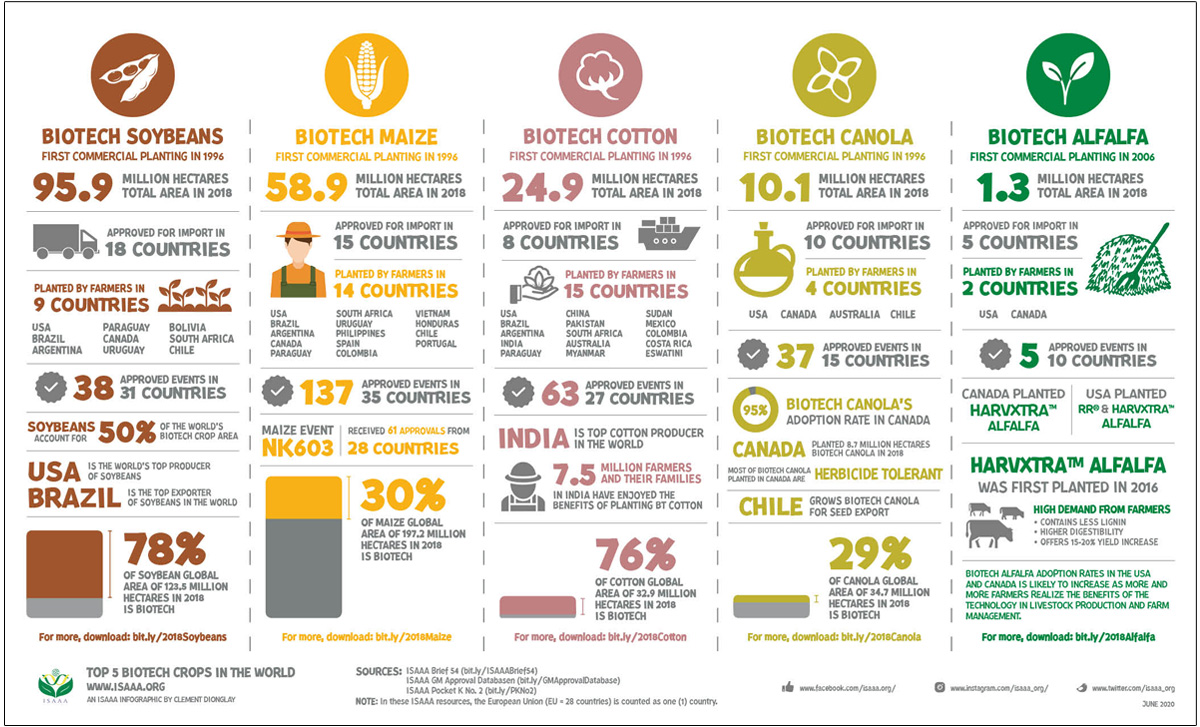 Download ISAAA infographic "Top 5 Biotech Crops in the World" at bit.ly/BiotechCropsTop5
Download ISAAA infographic "Top 5 Biotech Crops in the World" at bit.ly/BiotechCropsTop5
In 2018, a total of 70 countries adopted biotech crops — 26 countries planted and 44 additional countries imported. Of the 31 crops approved for food, feed, and environmental release recorded at the ISAAA GM Approval Database, only 13 crops have been planted in 26 countries in 2018.
The five major biotech crops planted at more than 1 million hectares are soybeans (95.9 million hectares), followed by maize (58.9 million hectares), cotton (24.9 million hectares), canola (10.1 million hectares), and alfalfa (1.2 million hectares) occupying 99% of the global biotech crop area of 191.7 million hectares.
The area planted to biotech soybeans is 50% of the total global area planted to biotech crops and 78% of the global soybean area of 123.5 million hectares. Biotech soybean area was comprised of 69.3 million hectares herbicide tolerant (HT) soybeans and 26.6 million hectares stacked insect resistant (IR)/HT (Intacta™) soybeans. Nine countries planted biotech soybeans, including the USA, Brazil, Argentina, Paraguay, Canada, Uruguay, Bolivia, South Africa, and Chile.
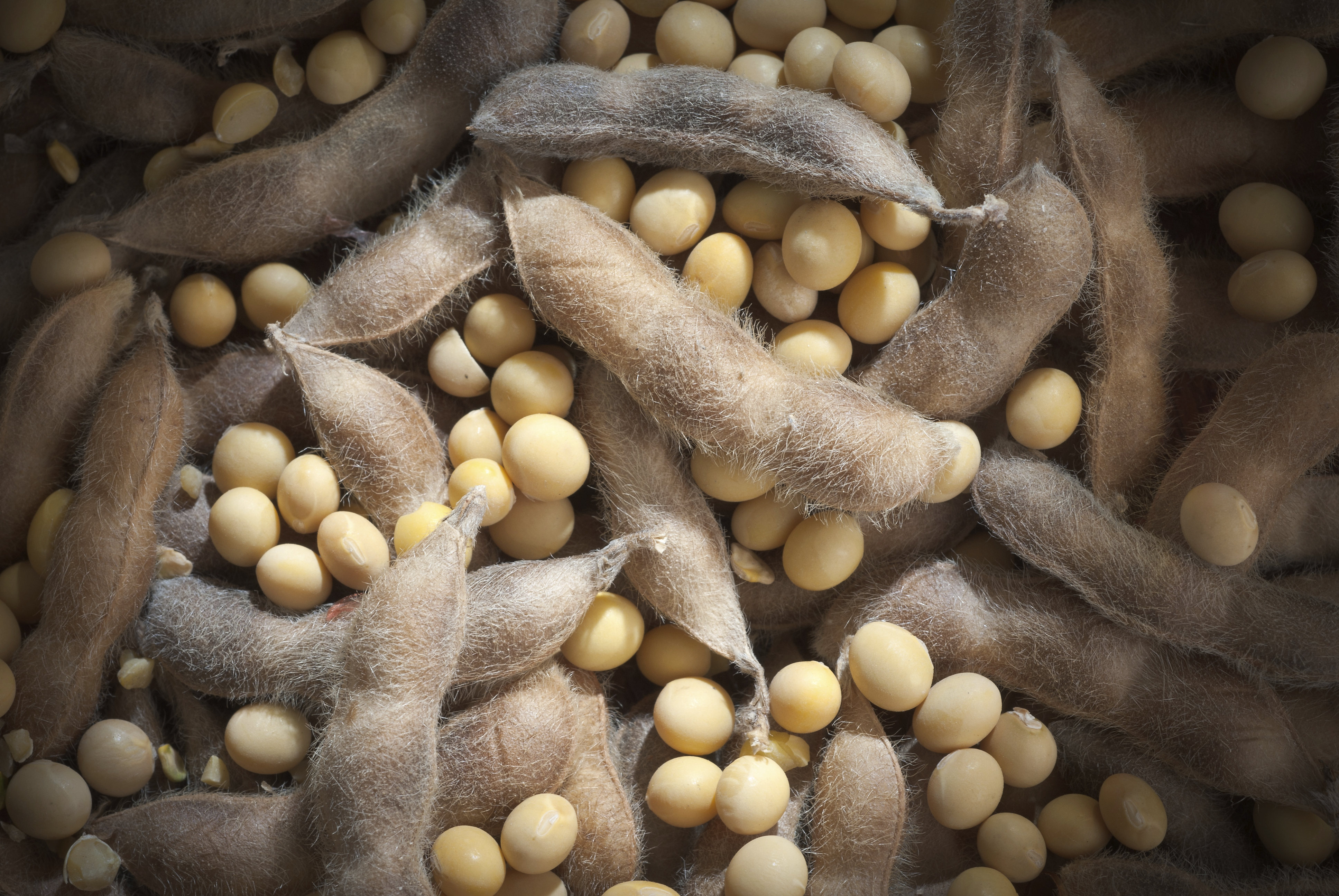
Fourteen countries planted biotech maize in 2018 when 30% of maize global area of 197.2 million hectares is biotech. The area planted to biotech maize was comprised of 5.5 million hectares IR, 5.6 million hectares HT, and 47.8 million hectares stacked IR/HT. The HT maize event NK603 had the most number of approvals, 61 approvals from 28 countries. Biotech maize was planted in 14 countries, including the USA, Brazil, Argentina, South Africa, Canada, Philippines, Paraguay, Spain, Uruguay, Colombia, Vietnam, Honduras, Chile, and Portugal.
Biotech cotton adoption increased by 3% in 2018 when the total biotech cotton area was 76% of the cotton global area of 32.9 million hectares. In India, the world's top producer of cotton, 7.5 million farmers and their families enjoy the benefits of planting Bt cotton. Biotech cotton was planted in 15 countries led by India, USA, China, Pakistan, Brazil, Argentina, Myanmar, Australia, and small areas in Sudan, Mexico, South Africa, Paraguay, Colombia, Costa Rica, and eSwatini. eSwatini was the newest addition to the list of countries planting biotech cotton in 2018, joining two other African countries, South Africa and Sudan.
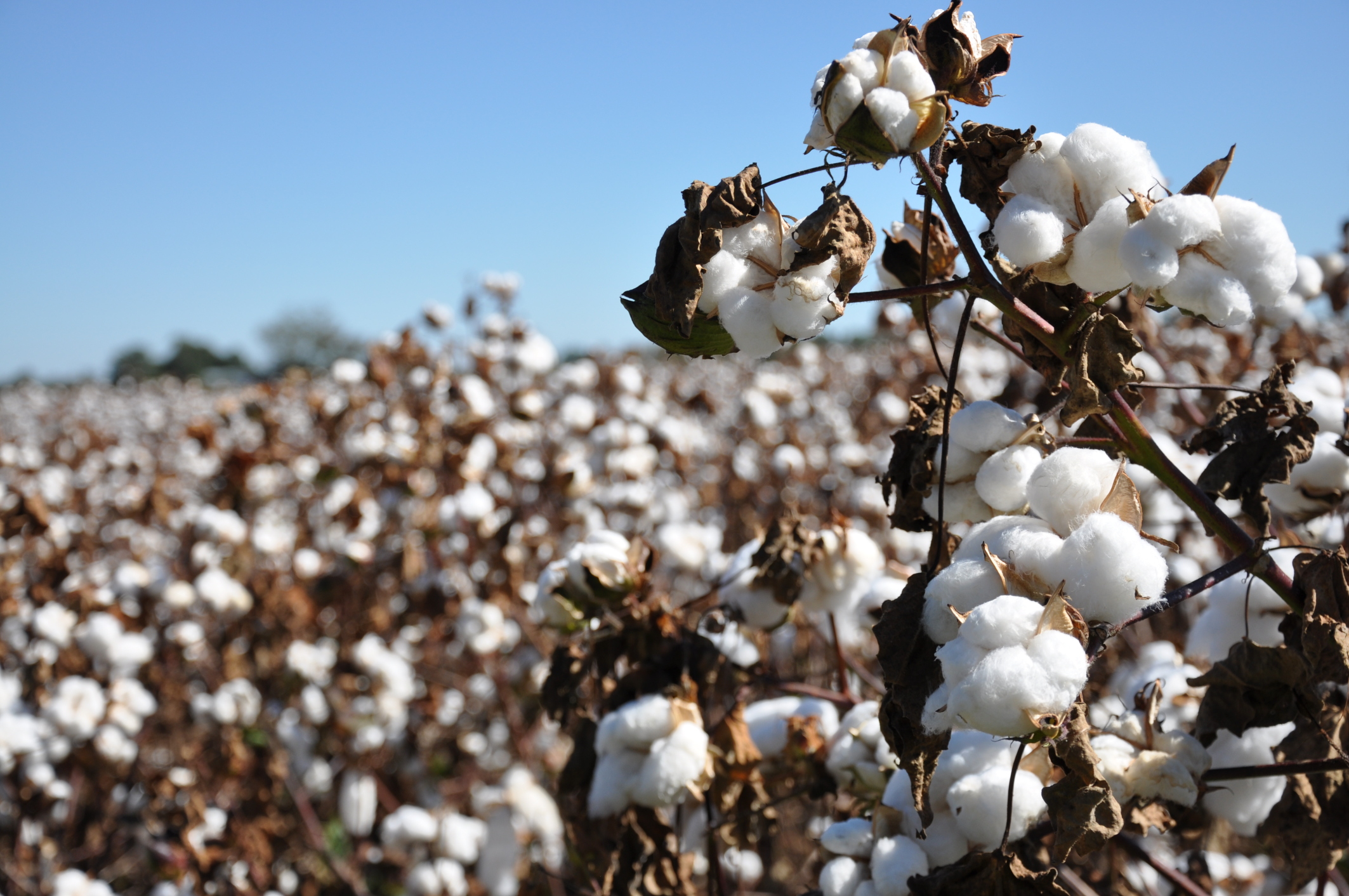
Four countries planted biotech canola with a total area of 10.1 million hectares, which is 29% of the world's 34.7 million hectares of canola. The USA, Canada, Australia, and Chile plant biotech canola. Chile grows biotech canola for seed export.
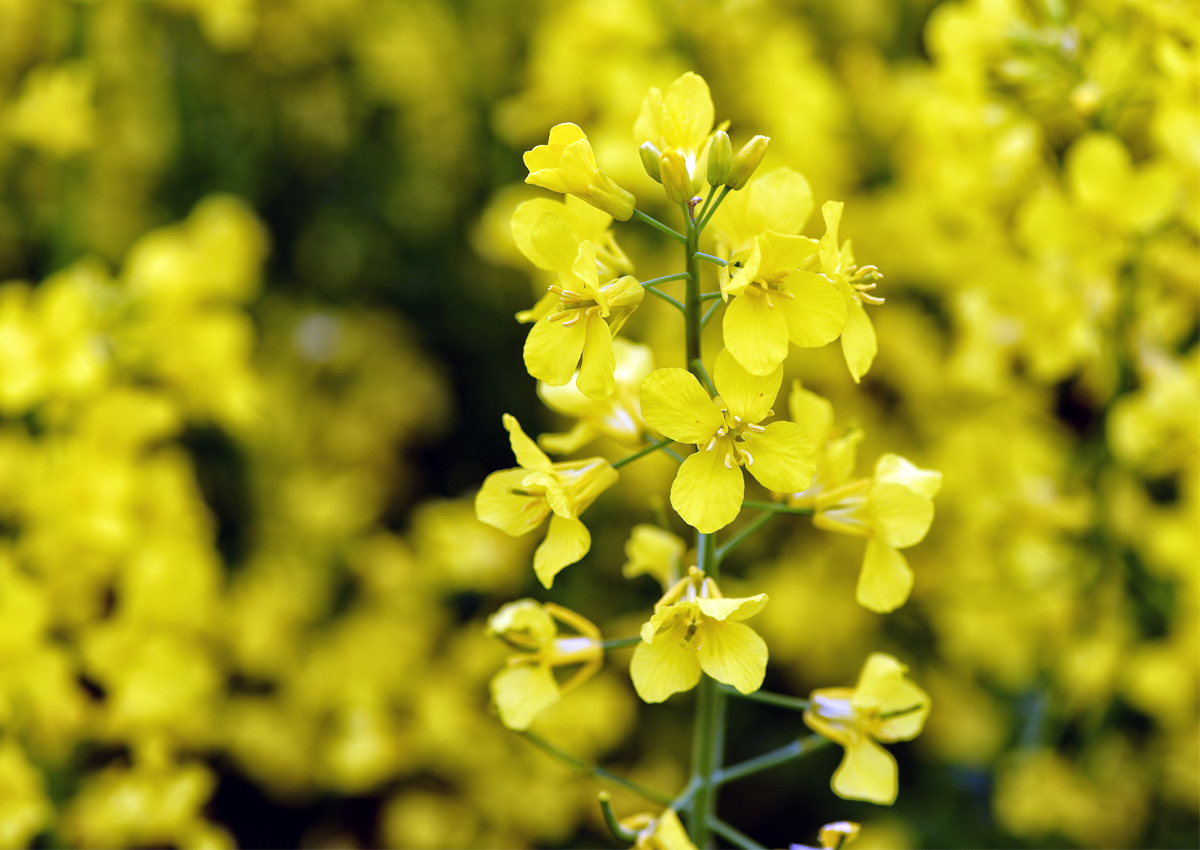
Biotech alfalfa varieties Roundup Ready® herbicide tolerant or low lignin HarvXtra™ were planted on 1.3 million hectares in 2018. The area planted to HarvXtra™ alfalfa increased by almost 6-fold since 2016 when it was first planted. HarvXtra™ has received high demand from farmers because it contains less lignin, has higher digestibility, and offers 15 to 20% increase in yield. Two countries, the USA and Canada planted biotech alfalfa.
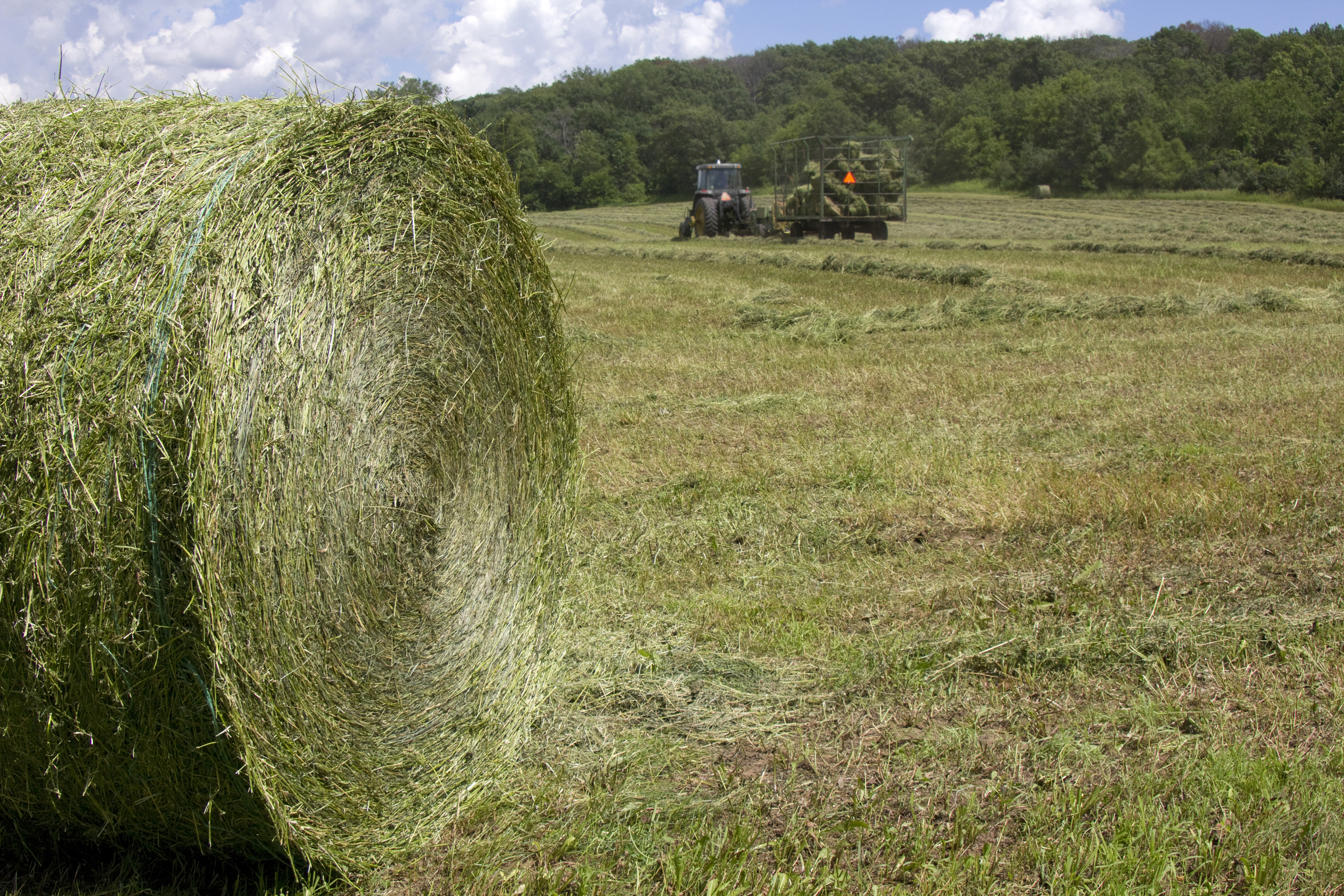
In the 23rd year of commercialization of biotech crops, the increase in adoption reveals the satisfaction of more than 17 million farmers—95% of which are smallholder farmers—and consumer acceptance due to agricultural, socio-economic, and environmental benefits as well as food safety and nutritional improvement brought by biotech crops.
For more details about the top 5 biotech crops, download the ISAAA infographics Top 5 Biotech Crops in the World.
Sources:
- ISAAA Brief No. 54 Global Status of Commercialized Biotech/GM Crops: 2018
- GM Approval Database
- Pocket K No. 2 Plant Products of Biotechnology
| Newer Post | Archive | Older Post |
Science Speaks is ISAAA Inc.'s official blog. Weekly blog articles, authored by ISAAA writers, partners, and invited contributors, aim to help share, disseminate, and promote scientific knowledge and its vital role in achieving global agricultural sustainability and development. Your support to Science Speaks will help us achieve this goal. You can help us by donating as little as $10.

